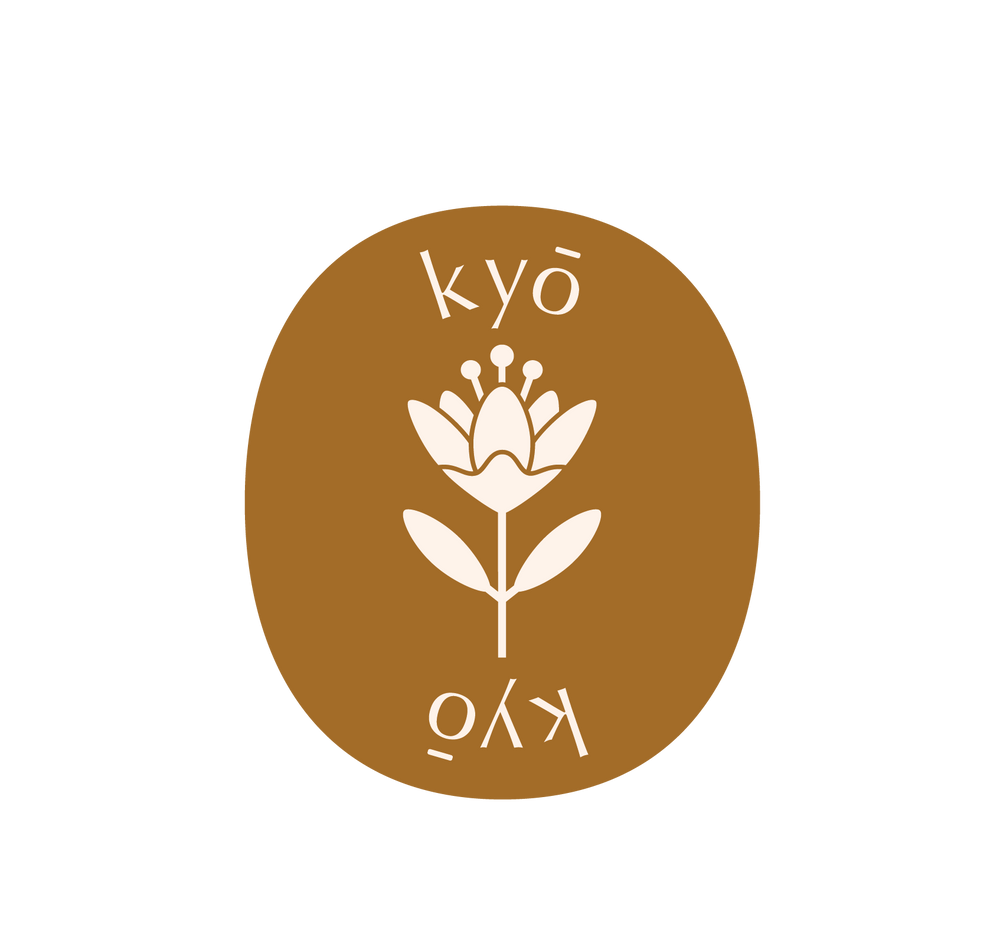Exploring the Possibilities of Textiles: The Story of kijinokanosei

When we think of the world’s most renowned textile regions, names like Biella in Italy and Huddersfield in the UK come to mind. But in Japan, there is Bishu, a region with a long and intricate history of wool production. Here, an entire town once functioned like a single factory—spinning, twisting, dyeing, weaving, knitting, and finishing—each workshop specializing in one step of the process.
Yet as time passed, many of these techniques began to fade. Some remain only as fragments of memory, a handful of samples, or skills without manuals, passed from hand to hand.

It was this sense of fragility—and the desire to preserve and reinvent—that gave birth to kijinokanosei, a brand whose name means “the possibilities of textiles.”
A Passion for Fabrics
The project began with a woman who has spent decades collecting fabrics—woolens from around the world, spanning centuries, from antique swatches to vintage textiles. Her deep love for textiles led to a conversation with Yoshikawa of STAMPS, who encouraged her to imagine a project centered purely around fabric.
“I first entered the textile business about twenty years ago, in Ichinomiya City, Aichi Prefecture,” she recalls. “The whole town felt like a workshop—loom after loom, dye house after dye house. Even now, whenever I return, I discover something new. It’s a place where fabric is part of everyday life.”

But much has changed. Factories have closed, families who once worked entirely in the trade have moved on, and rising costs have put many artisans under pressure. “Even when we commission work, some mills tell us they may not be in business next year,” she explains. “It’s heartbreaking—but it also makes what remains all the more precious.”
Reviving Forgotten Skills
Despite these challenges, kijinokanosei was determined to explore what could still be created in Bishu. The founder speaks with deep respect for the artisans:
“Each factory has its own personality. One weaver makes fabrics that feel plump, another produces cloth that is smooth and light. The results depend not only on the maker but also on the machines—whether low-speed looms or high-speed ones, each leaves a unique signature on the fabric.”




This process is likened to breadmaking: dough changes depending on the flour, the kneading, the butter. In the same way, even wool from the same source can become something entirely different through twist, weave density, and finishing.
Working together with young challengers in Bishu, and drawing inspiration from vintage Japanese textiles, the team began weaving new fabrics—complex, layered, and full of personality.
Two Sides, Two Stories
One of the defining ideas for kijinokanosei came from Yoshikawa: what if fabrics could reveal a completely different face on the front and back?
“At first, I didn’t think much of it,” the founder admits. “But then I remembered my archives—old weaving structures, diagrams, blueprints—and suddenly the idea felt exciting.”


The first collection explores this duality: 24 textiles in 14 unique patterns, many of which were spun with custom-developed yarns. Each fabric is architectural, three-dimensional, and reveals a new expression depending on how you view or use it.
“Sometimes the final result surprises me,” she says with a smile. “But that’s the beauty of fabric: it’s never the work of one person. It’s always a collaboration—spinners, dyers, weavers, finishers. Every hand leaves a trace.”
A Future Woven Together
For the founder of kijinokanosei, fabric is more than material—it’s a way to connect people.
“Yoshikawa once told me: isn’t it interesting when people meet through fabric? That’s exactly what I hope this project will do. To bring together artisans, designers, and wearers, and to create new relationships through textiles.”

The debut collection will be expressed not only through clothing but also interiors and objects, showing fabric as a medium with endless possibilities.
As the founder puts it: “Fabric has been with us for centuries, but if we leave it unattended, it could vanish. Through kijinokanosei, I want to have fun with textiles again, to support the regions where they are made, and to keep discovering new possibilities.”
The Possibilities of Textiles


Every fabric has two sides, just like every story. With kijinokanosei, those stories are woven into each thread—honoring history, embracing innovation, and imagining new futures.
Discover the world of kijinokanosei, where the past and present meet, and where fabric becomes a medium for endless creativity.
